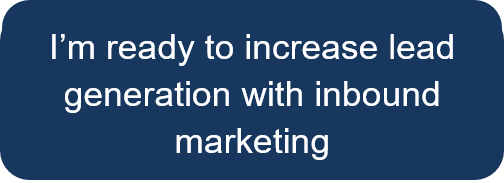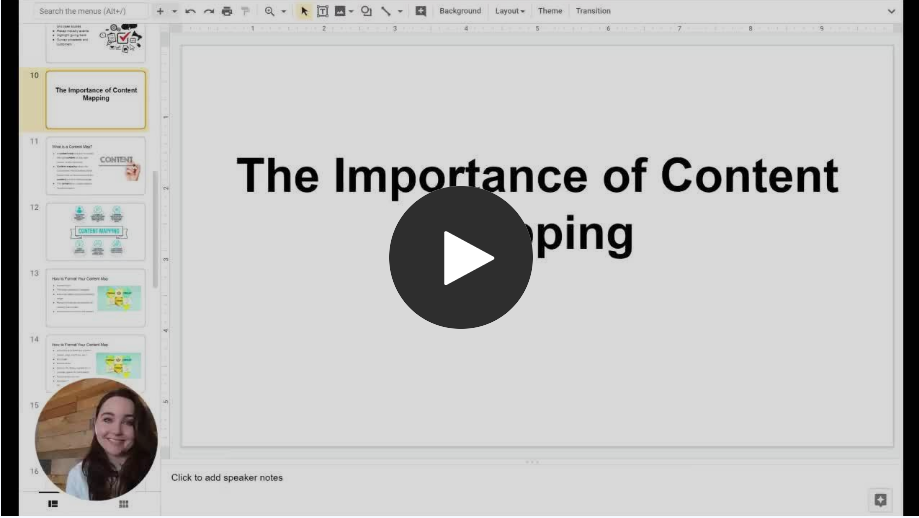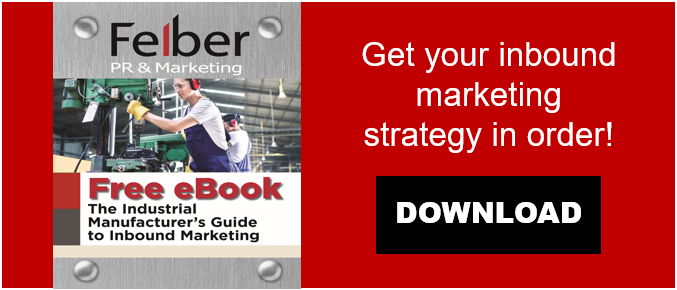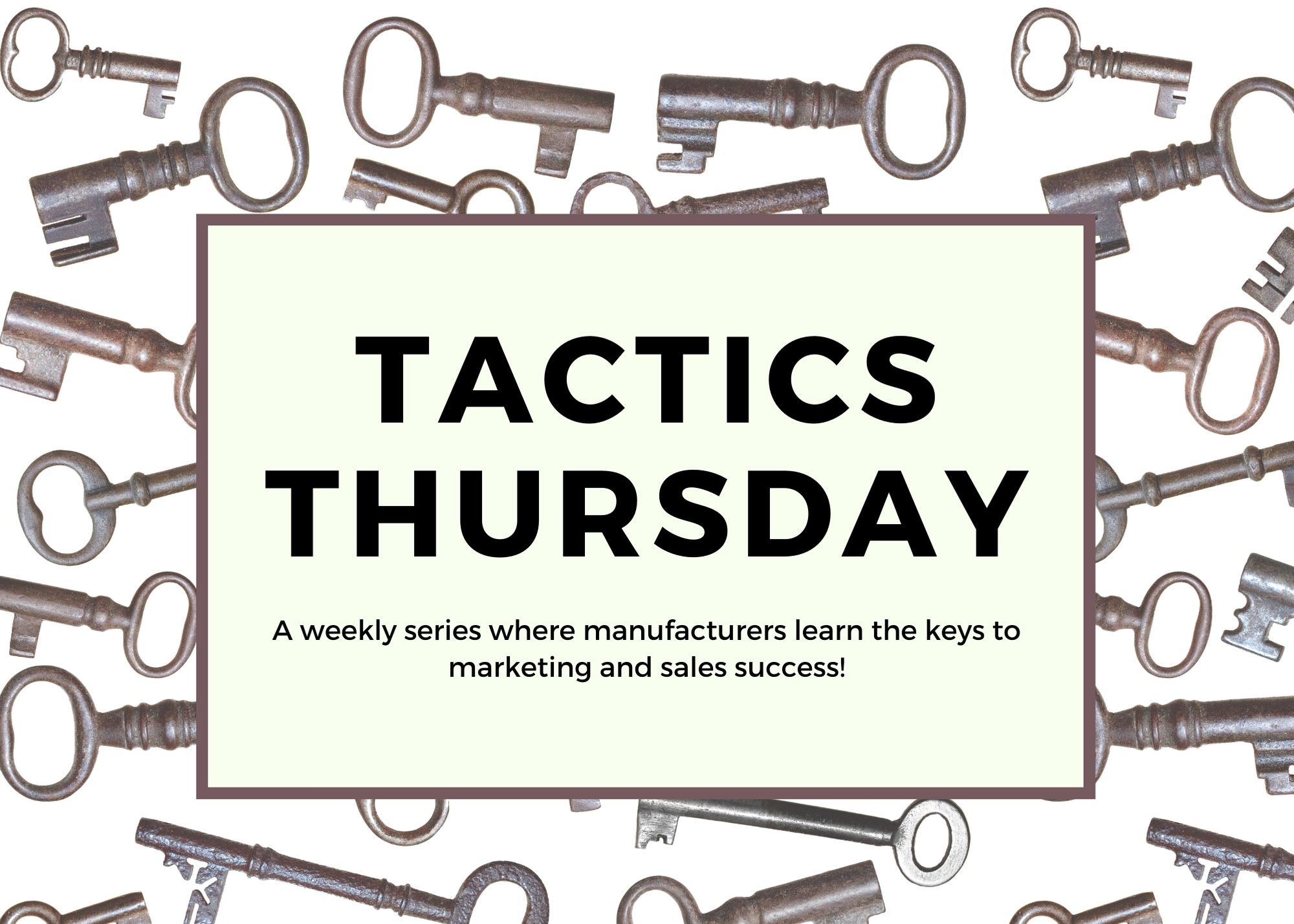Easy Steps to Improve Your LinkedIn Profile
Looking to improve your LinkedIn presence, increase profile views, and connection requests? In this week’s Tactics Thursday video, I delve into some easy steps to perfect your LinkedIn profile!
The Basics
• Current background photo– No other people, plants, or pets in the background. Waist up or headshot only!
• Background image– Change the boring blue patterned banner to a product photo or your logo and tagline to add some interest to your profile.
• Targeted description line– If you don’t create a description line, it will default to your job title and company. Here’s a great example of a description line that makes you want to click on the profile from my boss Rob Felber! Example: “Owner and Marketing Executive that fights fires, literally. Marketing for Manufacturers”
• Contact Info– updated email, phone, and website link to current company
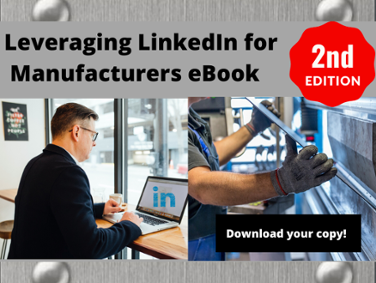 The summary
The summary
This section is an excellent place for you to make a knock-out first
impression.
Here are some do’s and don’ts to consider.
Do: Discuss the capabilities and products marketed by your company.
Don’t: Write paragraphs about yourself. One short paragraph and bullets will
suffice (let’s face it, people don’t have time to read anymore)
Do: List past clients you’ve worked with or verticals you serve (e.g. agriculture,
metalworking, aerospace, etc.)
Don’t: Include your life story, how many kids you have, or your political views. Focus solely on your career. Leave personal information to your private personal social media channels!
Do: Highlight experience on professional boards, volunteer experience, awards, and certifications!



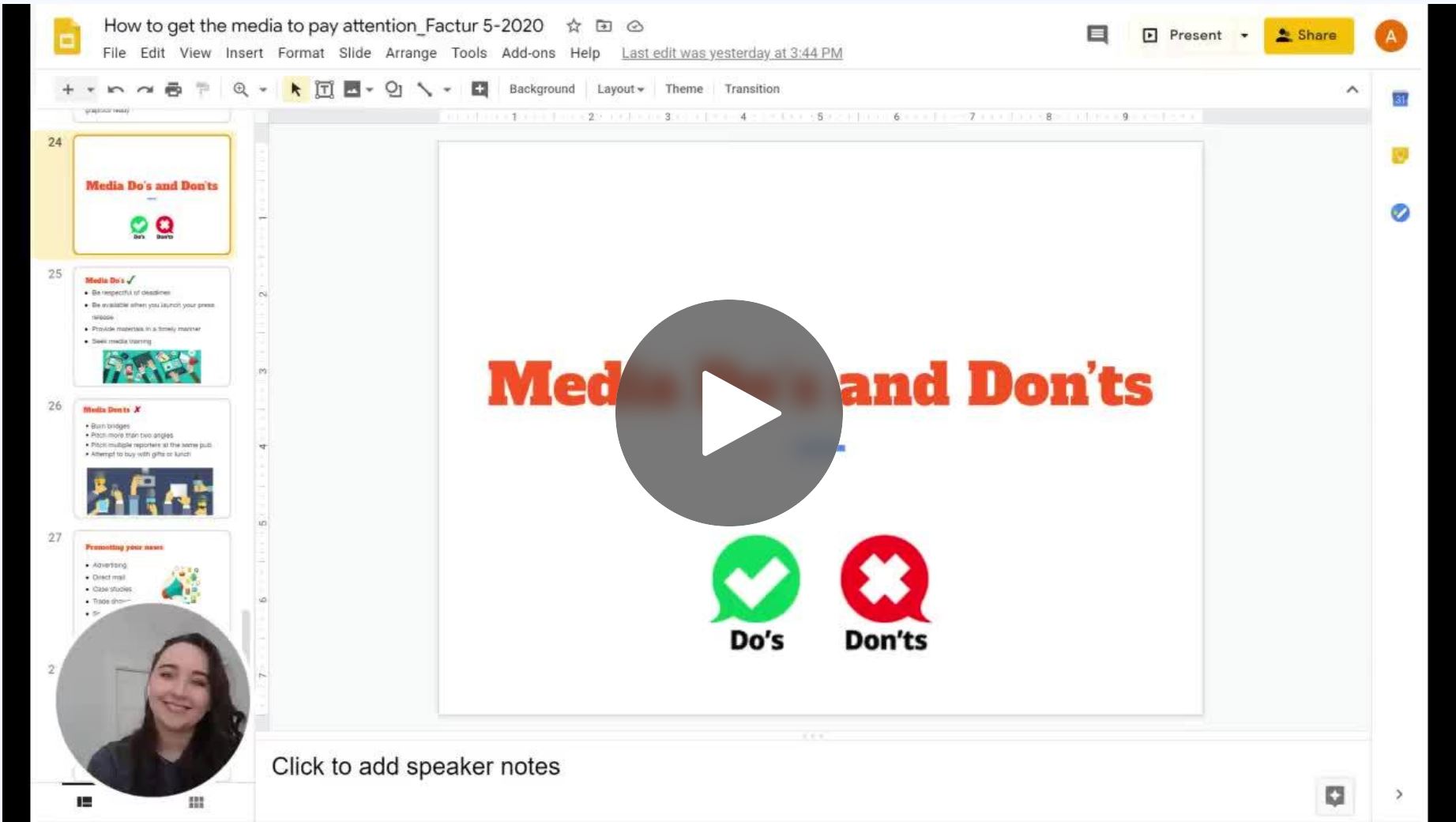
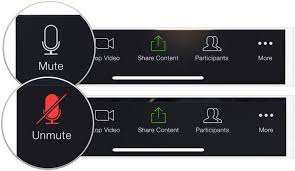


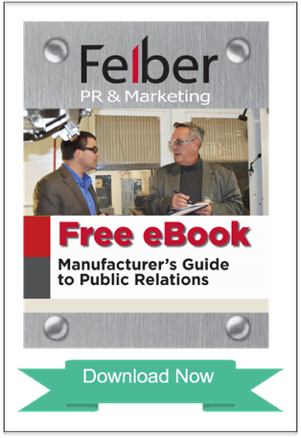 First, are you familiar with the publication? You need to know who they consider their audience and if there is a fit with the content you hope to convey. Research their website, peruse past issues and look at their media kit. The editorial calendar is of particular interest. These are the “big rock” issues they will be covering editorially. If you can align with a proposed topic, you will be doing yourself and the reporter a huge service. Second, get to know the reporter.
First, are you familiar with the publication? You need to know who they consider their audience and if there is a fit with the content you hope to convey. Research their website, peruse past issues and look at their media kit. The editorial calendar is of particular interest. These are the “big rock” issues they will be covering editorially. If you can align with a proposed topic, you will be doing yourself and the reporter a huge service. Second, get to know the reporter.

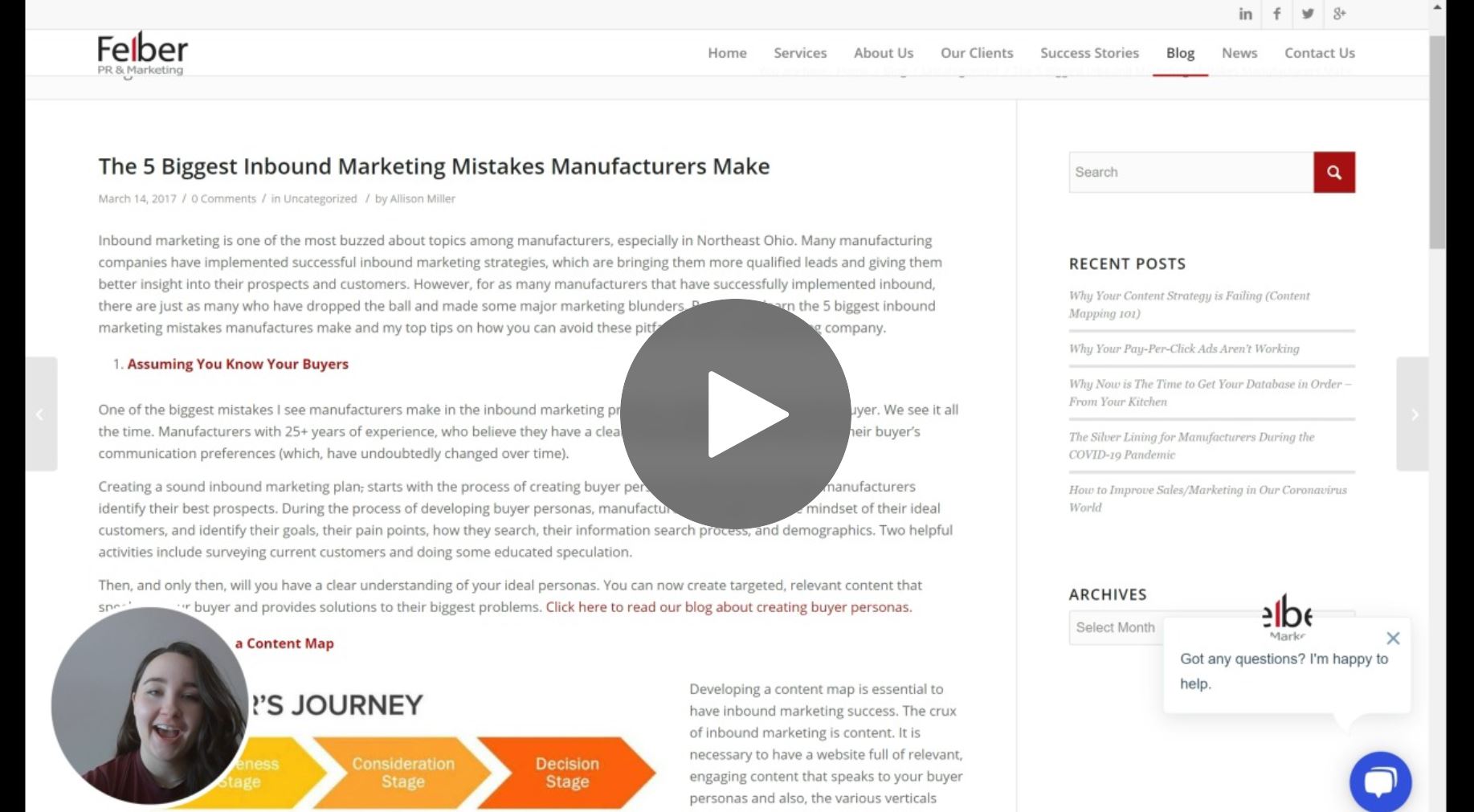
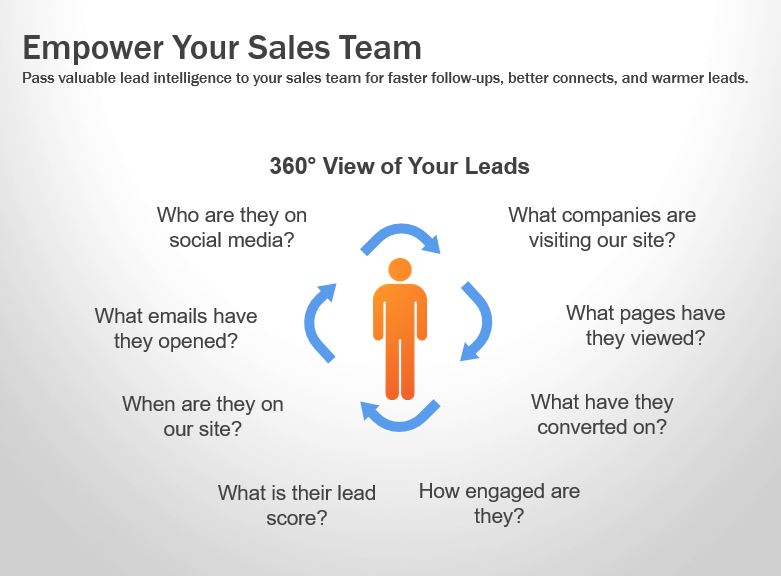 arketing platform, such as
arketing platform, such as 